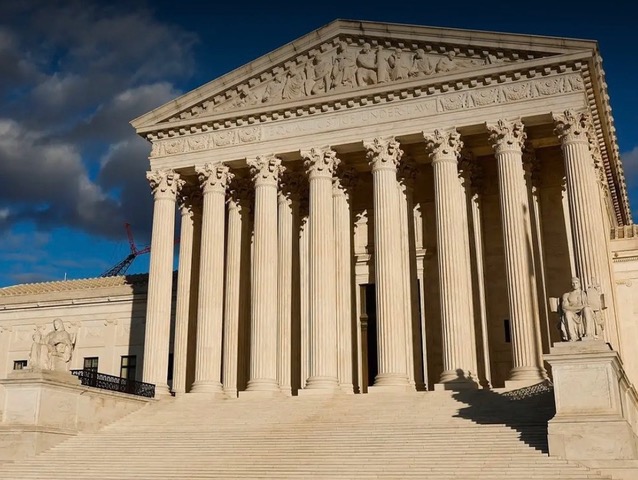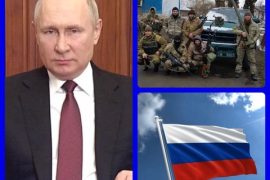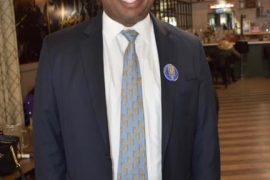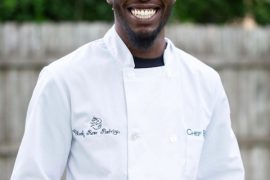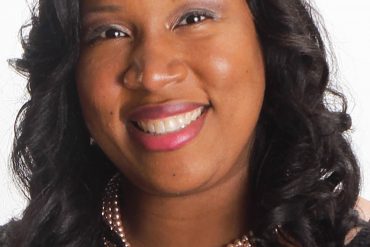This decision is wacky.
For reasons more political than judicial, the U.S. Supreme Court has ruled that Harvard and the U. of North Carolina cannot consider race as a factor when deciding which applicants to admit.
Flexing their Trump-era stacking of the high court, the new 6-to-3 conservative majority has torn up decades of practical precedent dating back to the 1960s and ominously opened the door to similar legal attacks in all walks of American life, from government hiring to minority contractor set-asides.
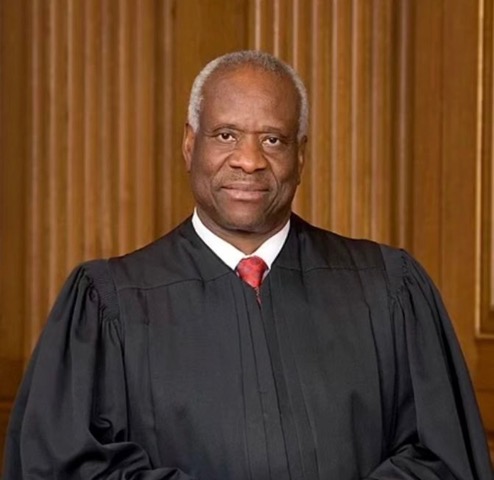
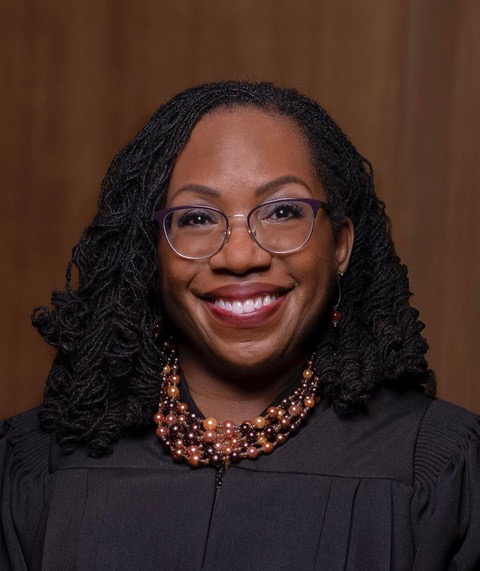
Justice Clarence Thomas, though once a beneficiary of affirmative action by gaining admission to an Ivy League law school, voted with the majority. Whereas Justice Ketanji Brown Jackson, a Joe Biden nominee and the first Black woman on the Court, voted with the minority to preserve consideration of race.
Never mind that as recently as 2016, the high court had confirmed that race can be used as one of many factors in admissions, reiterating the notion that a diverse student body is educationally beneficial. It was no longer sufficient simply not to discriminate, the Court held, but public bodies must take positive steps (What then- President John F. Kennedy first labeled as “affirmative action”) to address the lingering effect of past discrimination.
Now a High Court majority argues that past discrimination no longer applies. To which I would refer them to a truism I quoted in these pages when this baseless lawsuit was filed against Harvard: In a June 4, 1965 speech to Howard University, President Lyndon B. Johnson declared: “You do not take a person, who for years, has been hobbled by chains, and liberate him, bring him up to the starting line and say ’You are free to compete with all others and still justly believe that you have been completely fair. Thus it is not enough just to open the gate of opportunity. All our citizens must have the ability to walk through these gates.”
Memory Lane…

For me, this latest legal setback is deeply personal.
Back in 1969, I helped lead the first significant shutdown of a publicly-funded construction project here in Chicago because of its utter lack of minority workers. Our Coalition for United Community Action went on to freeze some $80 million in projects across the city. These actions led to the immediate hiring of Black laborers and the eventual integration of labor union apprentice programs, and, importantly, the city-mandated hiring of minority-owned construction firms.
Beginning with that first shutdown on West Douglas Boulevard, our actions helped spur the Nixon Administration to activate the Labor Department’s Office of Contract Compliance and the Commerce Department’s Minority Business Development Agency. Gradually the number of Black faces on construction sites began to increase … though they are well short of today’s percentage makeup of urban metro populations.
What is now so interesting – in the wake of this latest Supreme Court setback – is that the trade unions that resisted Black membership back then are now without sufficient membership to staff up for the flood of construction work triggered by new federal infrastructure spending. It turns out that thousands of white trade unionists have gotten too old for the work and that younger white guys are seeking other, less hands-on careers. This sweaty construction industry ladder often propels the next generation’s architects, engineers, and company leaders (Yours truly started as a painter/decorator).
What To Do Now?


What actions are we to take to reverse this latest travesty? Make no mistake, and this Court has ruled, in effect, that all public institutions, from universities to municipalities, may not use policies that advance Black upward mobility through education. I say it’s ’69 all over again, and Blacks must go on the attack again.
We need to identify Black members of university board trustees and urge them to devise workarounds. We need to identify and support successful businessmen like Wilbur Milhouse (U. of Illinois) and Lester McKeever Jr. (U. of Chicago). We need to collaborate with these leaders and come up with admission solutions within the current SCOTUS parameters.
Why not mandate acceptance of qualified applicants of any race from the SOUTH and WEST SIDES, thereby acknowledging the multi-generational racial segregation of Chicago and other big cities? In the area surrounding Roosevelt Road and Homan Avenue, let there be a 25 % hiring goal. Around the more mixed 51st and Indiana Avenue, let it be 20%.
Past as Prologue…

Another strategy, as in 1969, would be to picket various sites demanding greater Black participation. There is no replacement for the physical act of shutting down a job site to get attention. No matter how many anti-Black court decisions are to come, job site protests remain an effective way to shame the owners into hiring and contracting more Black workers and companies. The Coalition for Community Action (CUCA) was effective in the 1960s and 70s and can be revived and upgraded. Some of yesteryear’s picketers, like myself, are still around to provide input. Meanwhile, up in the executive suites, Black business groups like the Business Leadership Council and the Chicago Urban League can use their relationships with Mayor Brandon Johnson and Governor J.B. Pritzker to advance our concerns.
Locally we now have a great opportunity with Mayor Johnson and with proven business leaders like Charles Smith of CS Insurance, not to mention media mavens like Dr. Hermene D. Hartman and Avis Lavelle.
A 2023 Black advocacy team could take a page from what we did in the 70s with Congressman Parren Mitchell (D-Md), overseeing federal rulemaking aimed at rectifying past injustice. Informally, we could establish a “BRANDON’S BLACK BUSINESS BRAINTRUST” and a “PRITZKER’s BLACK BUSINESS POSSE” to work with these leaders and their respective staff to generate laws, regulations and support that complies with whatever new strictures this backward Court may yet impose. And ultimately, of course, we must redouble political activism to regain appointive authority over the Supreme Court.
Bantering with Blackface…

I met Clarence Thomas some time ago when he spoke at the Union League Club. After his remarks, there was time for Q and A. I asked him why he took the position he did on Affirmative Action even though he likely got into Yale Law School via A.A. He didn’t answer the question. After the session ended, Thomas sought me out, and I repeated my question. Why did he oppose a policy that helped him secure a position as a student? He said that was DIFFERENT! His explanation was both discursive and disingenuous to my ears – traits later echo tragically in a majority opinion that will go down in history as Unclear Clarence!
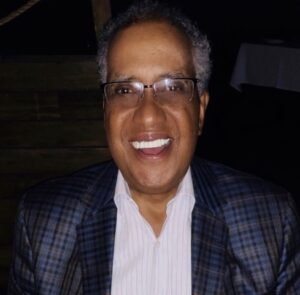
Paul King Jr. is a construction consultant and member of Chicago’s Business Leadership Council.
REFERENCES:
1. Troublemakers by Erik S. Gellman
2. Reflections of An Affirmative Action Baby by Stephen L. Carter
3. Reflections on Affirmative Action in Construction by Paul King
4. Black Brain Works. 2014 -2022 by Paul King


